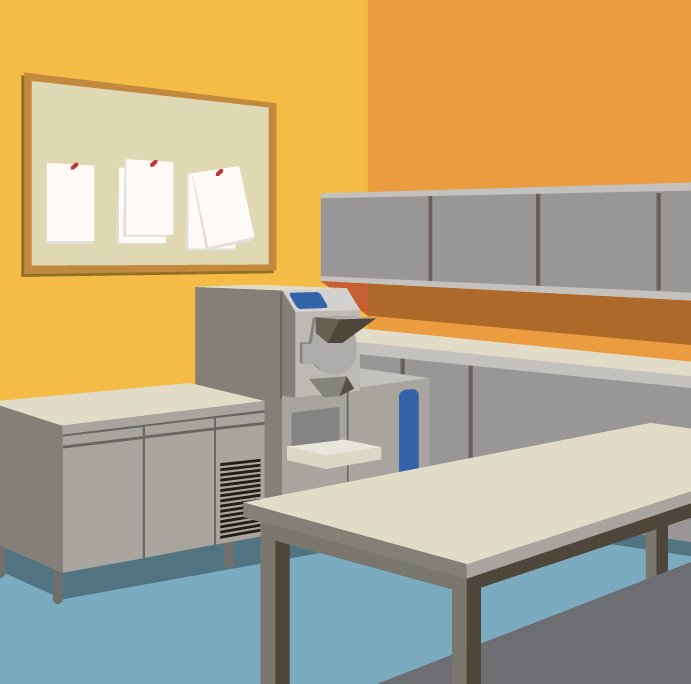CENTRAL KITCHEN: WHAT IS IT?
04/09/2024

Nicolò shared some thoughts regarding the decision to centralize production. Normally in gelato shops production is organized according to the size of the shop. «In my family's case, we had one shop that was divided into two spaces: a sales area and a production space in the back». He explained that in cases like this production is organized on a daily on-demand basis, generally without storage because the product is sold during the day, or at most the day after.
«There are gelato shops that concentrate their weekly production in one or two days, storing the extra product so they don't use the machinery again until the next week. It's a less common but increasingly popular method of working. If a gelato artisan doesn’t plan on expanding the business beyond a second shop it’s not always economically viable to have a separate production space», Nicolò explained. «It may be more efficient just to have one and organize the work differently. From the third shop onward, on the other hand, it begins to make more sense to have a large, centralized production space, either by finding a new place near the shop or expanding the existing production space. Obviously, if there aren’t any city zoning restrictions.»
This central kitchen space is used to:
- Produce gelato
- Store incoming packaging and raw materials (milk, sugar, chocolate etc.)
- Store finished products (i.e., gelato to be sent to points of sale)
- Store other items needed for production (consumables, detergents etc.)
Products, various materials needed for production, and ingredients are then shipped to individual shops. Organizing these "internal" shipments plays a key role in the day-to-day operations of the shops. But in some cases the centralized production space may only be responsible for producing part of the finished product, which is then shipped to the individual shops for use. Each business model is different, and owners make their choices on a case-by-case basis.
We’ll take a closer look at some production models in future articles.


Comments (0)